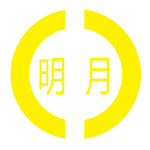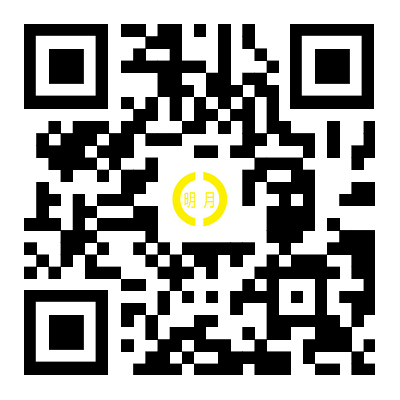
- English
- 简体中文
- Español
- Português
- русский
- Français
- 日本語
- Deutsch
- tiếng Việt
- Italiano
- Nederlands
- ภาษาไทย
- Polski
- 한국어
- Svenska
- magyar
- Malay
- বাংলা ভাষার
- Dansk
- Suomi
- हिन्दी
- Pilipino
- Türkçe
- Gaeilge
- العربية
- Indonesia
- Norsk
- تمل
- český
- ελληνικά
- український
- Javanese
- فارسی
- தமிழ்
- తెలుగు
- नेपाली
- Burmese
- български
- ລາວ
- Latine
- Қазақша
- Euskal
- Azərbaycan
- Slovenský jazyk
- Македонски
- Lietuvos
- Eesti Keel
- Română
- Slovenski
- मराठी
Crankshaft Bearing Clearance in Engine Assembly
2025-06-14
The crankshaft bearing clearance refers to the gap between the crankshaft and bearing shells during engine assembly. Appropriate clearance ensures smooth rotation while maintaining sufficient lubrication.
The manufacturer specifies a precise clearance values according to the engine design. Correct adjustment during assembly prevents operational issues caused by excessive tightness or looseness.
1. Standard Clearance Ranges
Main bearings:
Gasoline engines: 0.025-0.050 mm
Diesel engines: 0.050-0.100 mm (higher load capacity)
Connecting rod bearings:Typically 0.015-0.060 mm.
Note:Be sure to refer to the maintenance manuals for specific brand specifications (e.g., Volkswagen/Toyota requirements may differ).
2. Consequences of Improper Clearance.
a. Insufficient clearance:
Prevents oil film formation.
Causes metaltometal contact.
Leads to bearing seizure or crankshaft damage.
b. Excessive clearance:
Reduces oil pressure.
There is a knocking sound (especially noticeable during cold start).
Accelerates bearing fatigue.
3. Measurement Techniques
A. Clearance Gauge Method.
1. Pry the crankshaft laterally.
2. Insert gauges starting from 0.03 mm.
3. Record maximum insertable thickness.
B. Dial Indicator Method
1. Mount dial gauge on crankshaft.
2. Measure axial play during rotation.
C. Plastigage Method
1. Place plastigage strip on journal.
2. Torque bearing cap to specification.
3. Measure compressed width
4. Adjustment Procedures
Select replacement bearings based on measurements Use undersize/oversize bearings as required.
Re grind or replace the crankshaft if the journals are damaged.
5. Key points for attention
Apply assembly lubricant before installation.
Follow exact torque sequences.
Use manufacturer - approved cleaning methods.
Verify oil clearance after final assembly.
6. Failure Warning Signs
Illuminated oil pressure warning light.
Audible bottom end knockin.
Metallic debris in oil filter.
Maintenance Recommendation
Regular oil analysis and pressure monitoring can detect clearance related issues early. When abnormalities occur, consult certified technicians using OEM diagnostic procedures.
Dafeng Mingyue suggested that the engine oil status and pressure should be checked regularly, and it should be repaired in time if it is abnormal. If in doubt, it is best to consult a professional technician or use the manufacturer's technical data.




